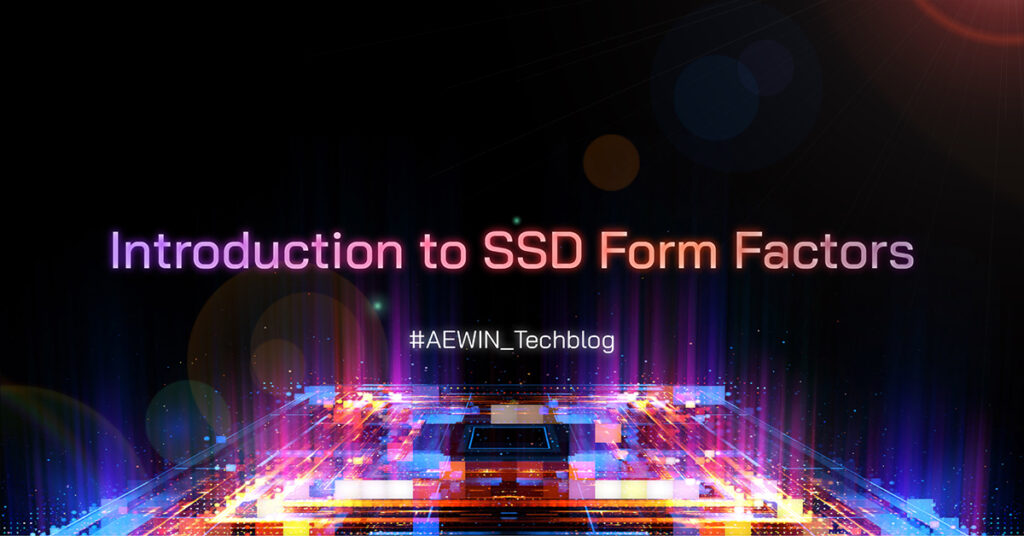
Spinning drives and fans are the 2 major sources of potential failures inside an otherwise reliable system. Replacing the traditional spinning drives will move the overall system reliability up another grade. Solid-state drives (SSD) are not only more reliable, but generally faster in both ultimate read/write performance as well as access latencies which results to more responsive systems. There is a number of different SSDs, and we’ll quickly go through the major interfaces and form factors.
What Is a Solid-State Drive (SSD)?
A solid-state drive (SSD) is a device for storing data on non-volatile memory. SSDs have no moving parts and are known to be smaller, more reliable, often have lower power consumption, and typically have much higher input/output performance than hard disk drives (HDDs) and less latency. The majority of SSDs today use NAND flash as the non-volatile memory to store data. NAND memory is stacked into packages and connected to a controller across various channels to improve performance. SSDs come in multiple capacities, media types, interfaces, form factors, and segments to address the large market for data storage.
Storage Interfaces
There are 3 more popular interfaces for attaching SSDs to host systems: SATA, SAS, and NVMe. SATA and SAS have long history of being used for storage to support legacy compatibility with HDDs. NVMe SSDs using the PCIe interface are much faster than SATA and SAS SSDs, due to the scalable nature of PCIe lanes and generational speed increases. NVMe is a logical interface and can be carried in many form factors.
Major Form Factors
| SSD |
Interface |
| SATA |
SAS |
PCIe/NVMe |
| Form Factor |
EDSFF |
N/A |
N/A |
V(E1/E3) |
| mSATA |
V |
N/A |
N/A |
| M.2 |
V(B or B+M Key) |
N/A |
V(M Key) |
| 2.5” |
V |
V |
V(U.2/U.3) |
| Add In Cards |
N/A |
N/A |
V |
EDSFF
The Enterprise and Data Center Standard Form Factor or EDSFF, previously known as the Enterprise and Data Center SSD Form Factor, is a family of SSD form factors for use in data center servers that is being developed by a group of 15 companies working together to address the concerns of data center storage, and is now maintained by SNIA as part of the SFF Technology Affiliate Technical Work Group (SFF TA TWG). ESDFF provides a pure NVMe over PCIe interface. One common way to provide ESDFF connections on the motherboard is through MCIO connectors. Today all the EDSFF family of form factors share the same protocol (NVMe), the same interface (PCIe), the same edge connector (SFF-TA-1002), and the same pinout and functions (SFF-TA-1009).
As the EDSFF specification evolves, different form factors have been specified to fit various use cases. The EDSFF family includes both E1 form factor, as well as the E3 form factor. The E1.S is a small form factor that fits vertically in a 1U chassis, designed wider than an M.2 to accommodate more NAND flash for increased capacity per drive for greater density. E1.S offers improved flexibility for power, performance, scalability, and thermal efficiency. E1.S is also designed to be hot-pluggable for increased serviceability, which is another benefit over M.2.
- E1
- PCIe x4 connection
- Designed for 1U servers
- Short E1.s format
- Long E1.l format
|
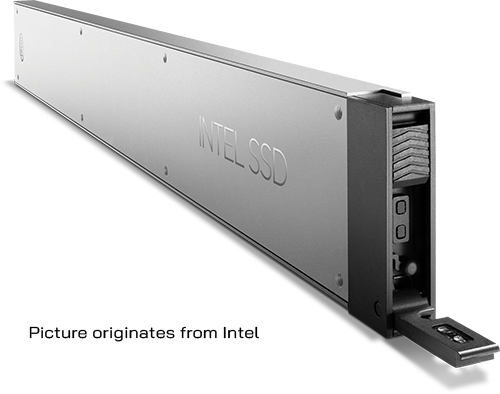
|
- E3
- PCIe x16 connection
- Designed for 2U+ servers
- Short E3.s format
- Long E3.l format
|
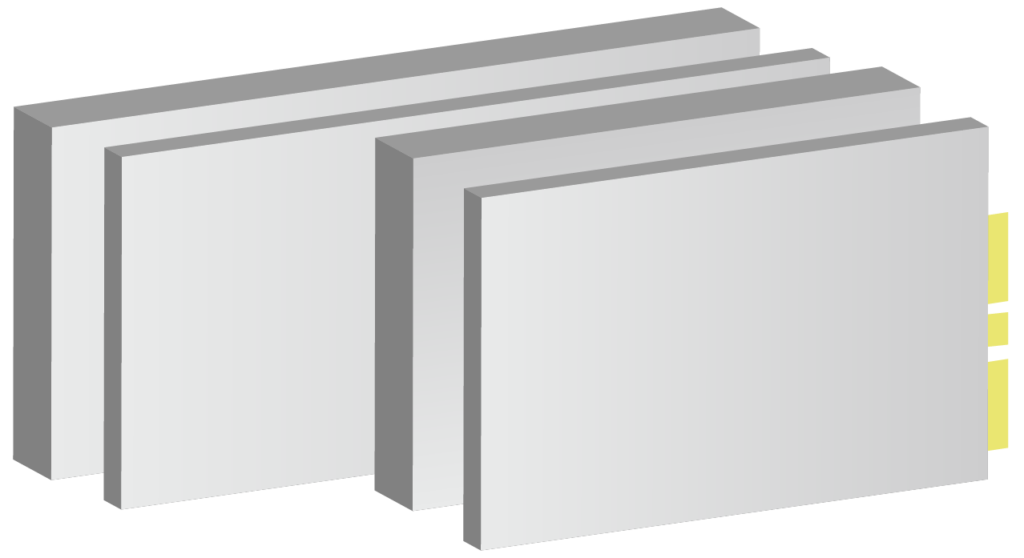 |
mSATA
mSATA is a miniaturized SATA drive, hence the name: Mini-SATA. It is a popular format for embedded usage due to its smaller footprint. It has uses the Mini PCIe connector and form-factor, but electrically uses the ubiquitous SATA interface, allowing it to be used in wide variety of platform.
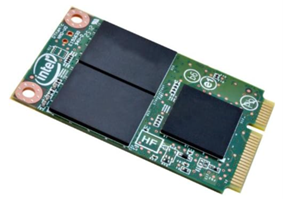
Picture originates from Intel
M.2
M.2, formerly known as the Next Generation Form Factor (NGFF), is a specification for internally mounted computer expansion cards and associated connectors. M.2 replaces the mSATA standard, which uses the Mini PCIe physical card layout and connectors. It comes in many standard lengths, such as 22110, 2280, 2242, 2230, and 2224. M.2 supports PCIe, SATA and USB interfaces and comes in various widths and lengths. It also has keying notches on the edge connector to designate various interface or PCIe lane configurations. Given the flexibility, M.2 SSDs are not quite well-suited for data center applications. M.2 SSDs lack standardization in terms of form factor, interface, and power requirements. M.2 SSDs are not hot-pluggable, This can be a major inconvenience in a data center environment where servers need to be able to be serviced without downtime.
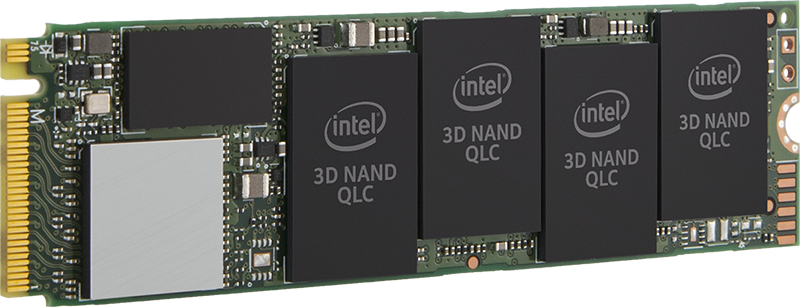 Picture originates from Intel
Picture originates from Intel
2.5”
The 2.5-inch form factor is the most common deployment of an SSD, and is offered with PCIe (with NVMe), SAS or SATA interfaces. It is typically used in desktops, servers and storage systems built around hard disk drives (HDD). This form factor is commonly associated with the term U.2 and is sometimes referred to as the U.2 form factor. U.2 is defined as compliance with the PCI Express SFF-8639 Module specification. U.3 is built on the U.2 spec and uses the same SFF-8639 connector. It is a “tri-mode” standard, combining SATA, SAS and NVMe support into a single controller. U.3 drives are still backward compatible with U.2, but U.2 drives are not compatible with U.3 hosts.
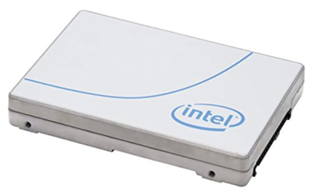
Picture originates from Intel
Add-In Card (AIC)
An Add-in Card (AIC) is a solid-state device that utilizes a standard card form factor such as a PCIe card. Almost all early NVMe SSDs are HHHL (half height, half length) or FHHL (full height, half length) AIC, which are easy to insert into a PCIe slot of a server. Given the larger physical size, the AIC would typically have larger capacity and potentially higher performance. In addition, the larger size allows for the potential to add computational function to the storage device.
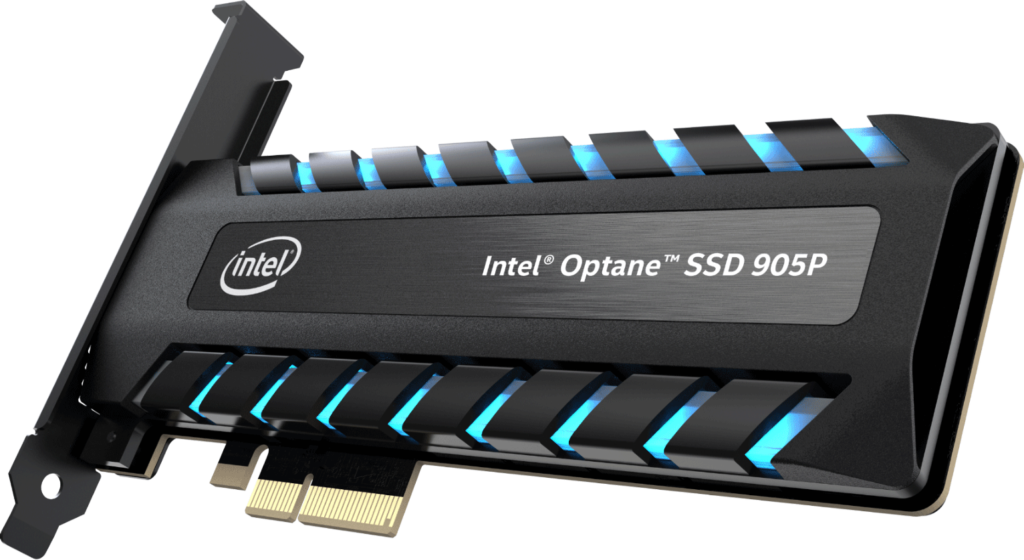
Picture originates from Intel
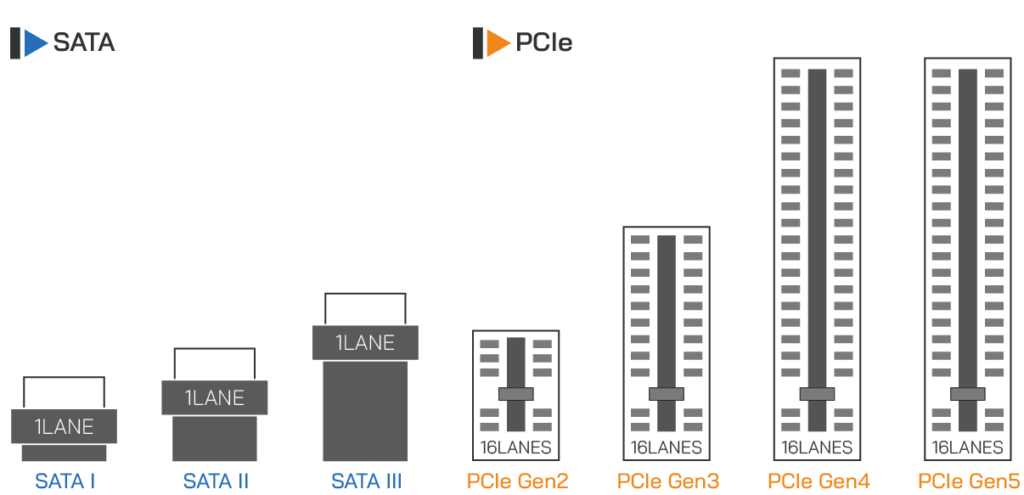
Summary
Technology advances increase and improve the choices we do certain things. Over time, changes in form factor, materials, and communications between devices, have created evolutions of using technology from one form to another. The rise of x86 systems in the 1990s over mainframe is a perfect example of how technology affects form factor choices. For many users, SATA SSDs are fast enough to meet their everyday data storage and transfer needs. At a lower price point, they remain an attractive option. On the other hand, at the enterprise level, NVMe is fast becoming the industry standard. With a focus on carrying NVMe into the PCIe 5.0, 6.0 ages and beyond, we’re seeing higher density and performance of data centers.
AEWIN as a professional provider of Network Appliance, Edge AI Systems and Industrial Servers, we are constantly developing various platforms with lowest latency that support NVMe and others. They deliver huge performance and throughput, IOPS, scalability, reliability and data management to be able to handle the applications and growth a business need. Please let us know if you have any questions about AEWIN’s platforms. Feel free to reach out to our friendly sales!